We shouldn’t have to stress the idea that brakes play a key role when it comes to your car and Newton’s first law, so it’s a good idea to keep an eye on what kind of condition your brake pads and rotors are in — on a regular basis. The importance of wrapping your wheels in the right rubber may be one of those things that’s lost on the general public (not you, of course), but the importance of proper brakes is just common sense.
Most brake pads should have a metal wear indicator built in, making it easy for you to tell when they need to be changed. When the pad material gets low enough, the indicator drags on the rotor and creates a high-pitched squeal like nails on a chalk board. But it’s best to change your brakes before they get to that ear-piercing point, because at that level they’ve already lost some performance. To figure out if your pads or rotors need swapping, here are a few quick and easy tips to follow.
>
Jack it up. You won’t be able to get the line of sight you need on the calipers and rotors unless you take the wheel off. Unless you have a fancy hydraulic lift, jack up your car and check one wheel at a time, but don’t forget to use wheel blocks and jack stands for extra support and safety.
Check the disk. The disk, or rotor, should be smooth to the touch. In the event you have vented or cross-drilled rotors (common on performance brakes), the flat areas of the rotor that come in contact with the pad should still be smooth as glass. If there’s heavy rust, scoring or grooves around the rotor, it’s a clear sign they’re in need of a change.
Check the caliper. The caliper is the component that hugs the rotor and houses the brake pads. First grab it and give it a shake to make sure it’s bolted on tight — sometimes the bolts holding the calipers on can loosen over time, causing damage to the whole system.
Check the pads. The brake caliper should have an inspection hole, or a wide slot in the caliper’s cover where you can clearly see the brake pads resting on the rotor. The lining of the pads should be no less than 1/4 of an inch in depth. Or, if the brake pads have been worn down to the metal base, it’s safe to assume both the pads and the rotor need replacing.
Bring it back down. Once you’ve finished your inspection and determined the state of your brakes (either they need replacing or don’t), put the wheel back on the hub, properly secure it, then lower your car back to the ground.
The Tools to Do the Change
If You’re an At-Home Mechanic
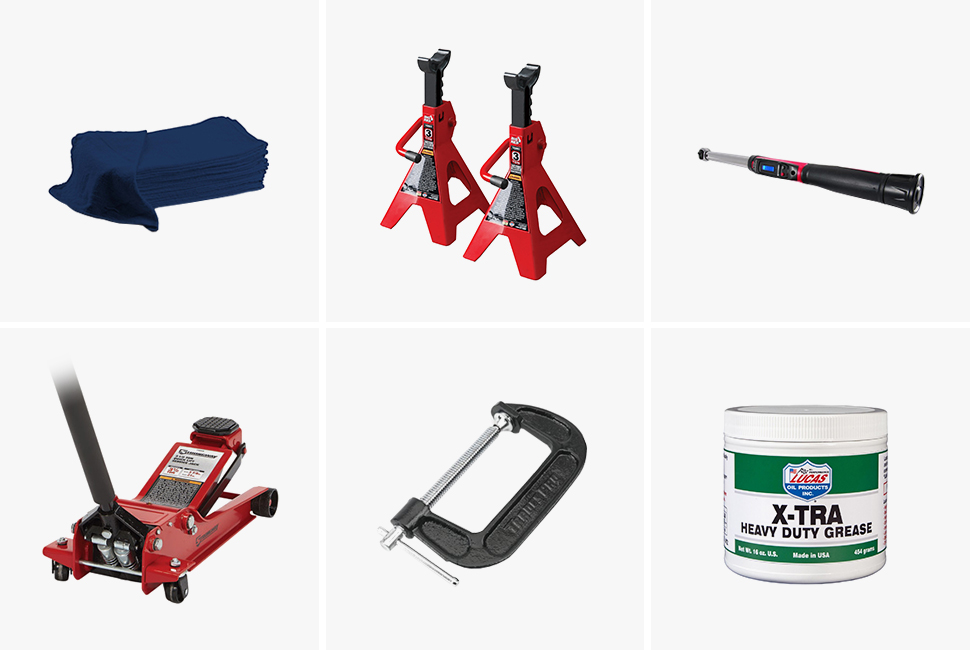
We can only go so far as to tell you how to check and see if your brakes need replacing. Since almost every car is different, and brake calipers vary from car to car, you’ll have to consult the service manual if you want to change your brakes yourself. What we can do, though, is tell you what tools you’ll probably need to get the job done.
Craftsman 85pc Universal $108
Strongway Hydraulic Quick Lift Service Jack $150
Torin Jack Stands $24
Craftsman Drive Digi-Click Torque Wrench $102
Tradespro 6-Inch C-Clamp $14
Lucas Oil X-Tra Heavy Duty Grease $12
Cotton Shop Rags $24
>
>
[Source : http://gearpatrol.com/2016/06/09/how-to-check-brakes/]
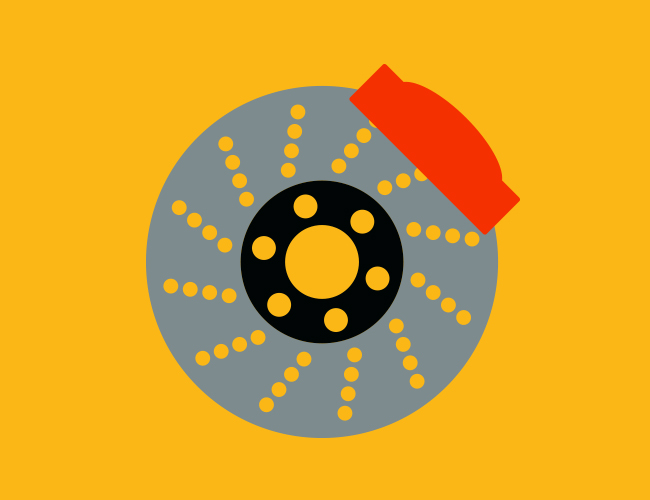
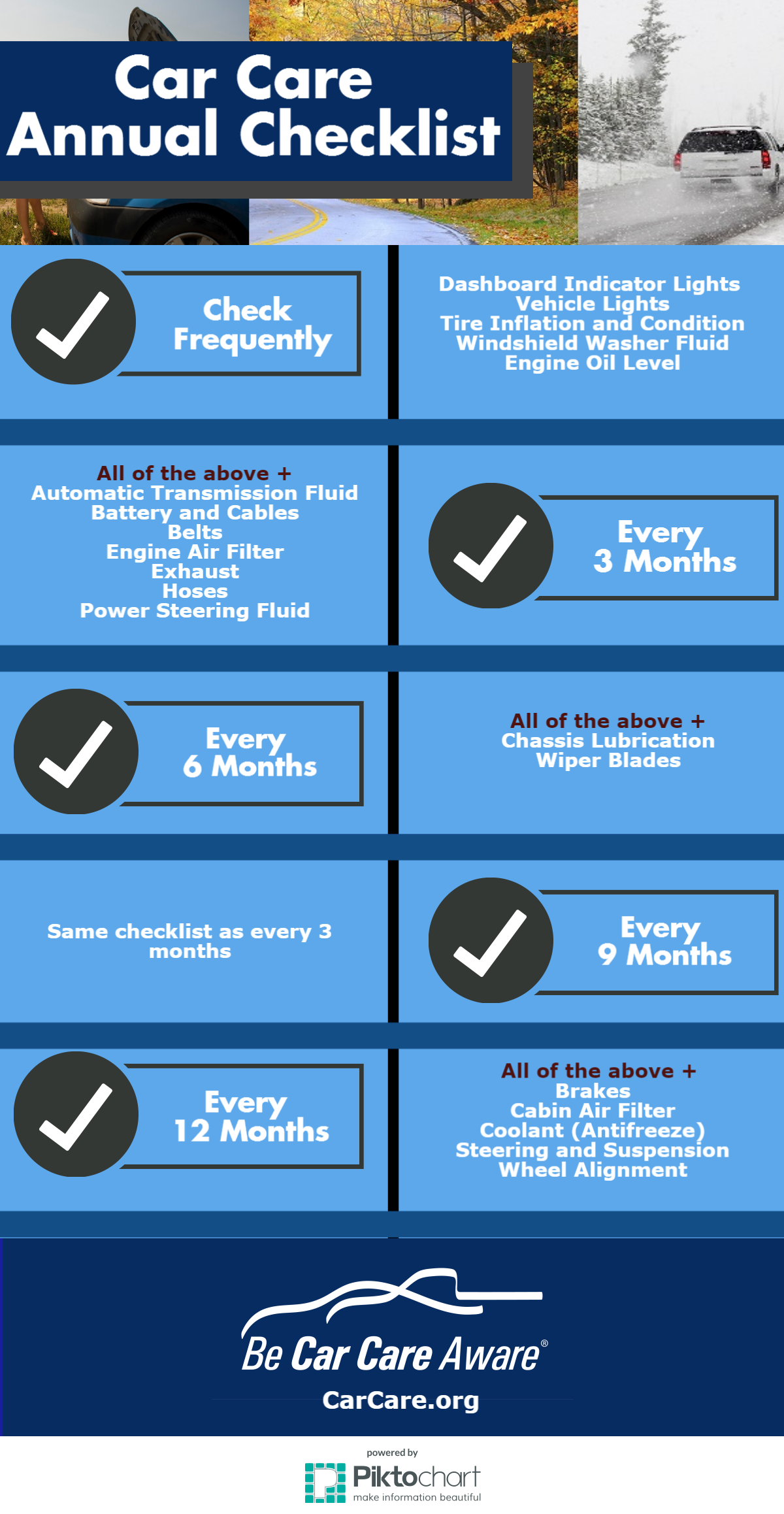

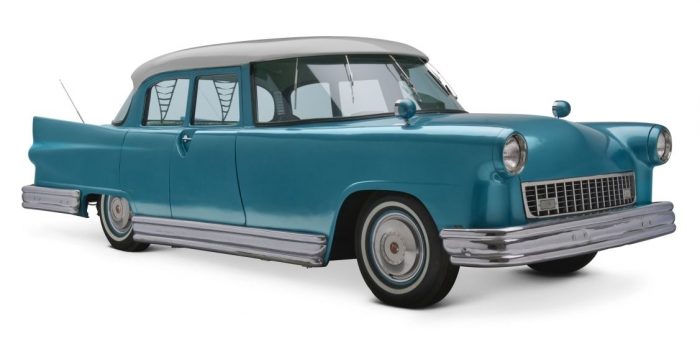
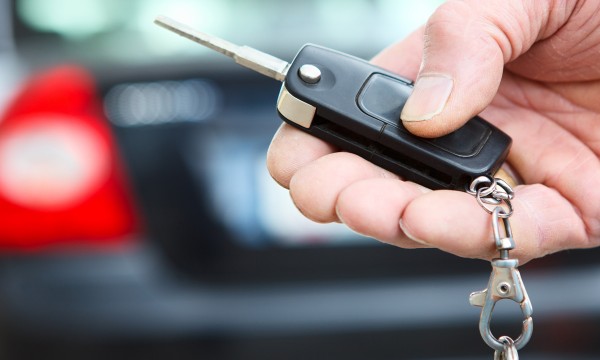
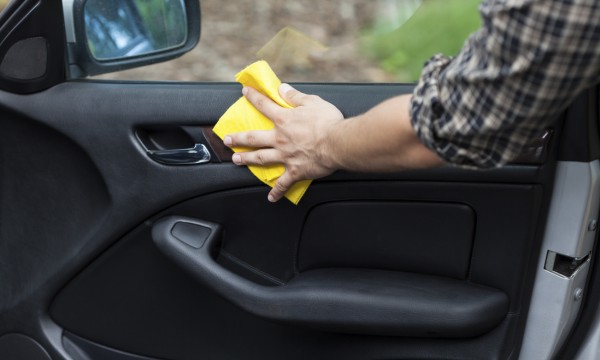
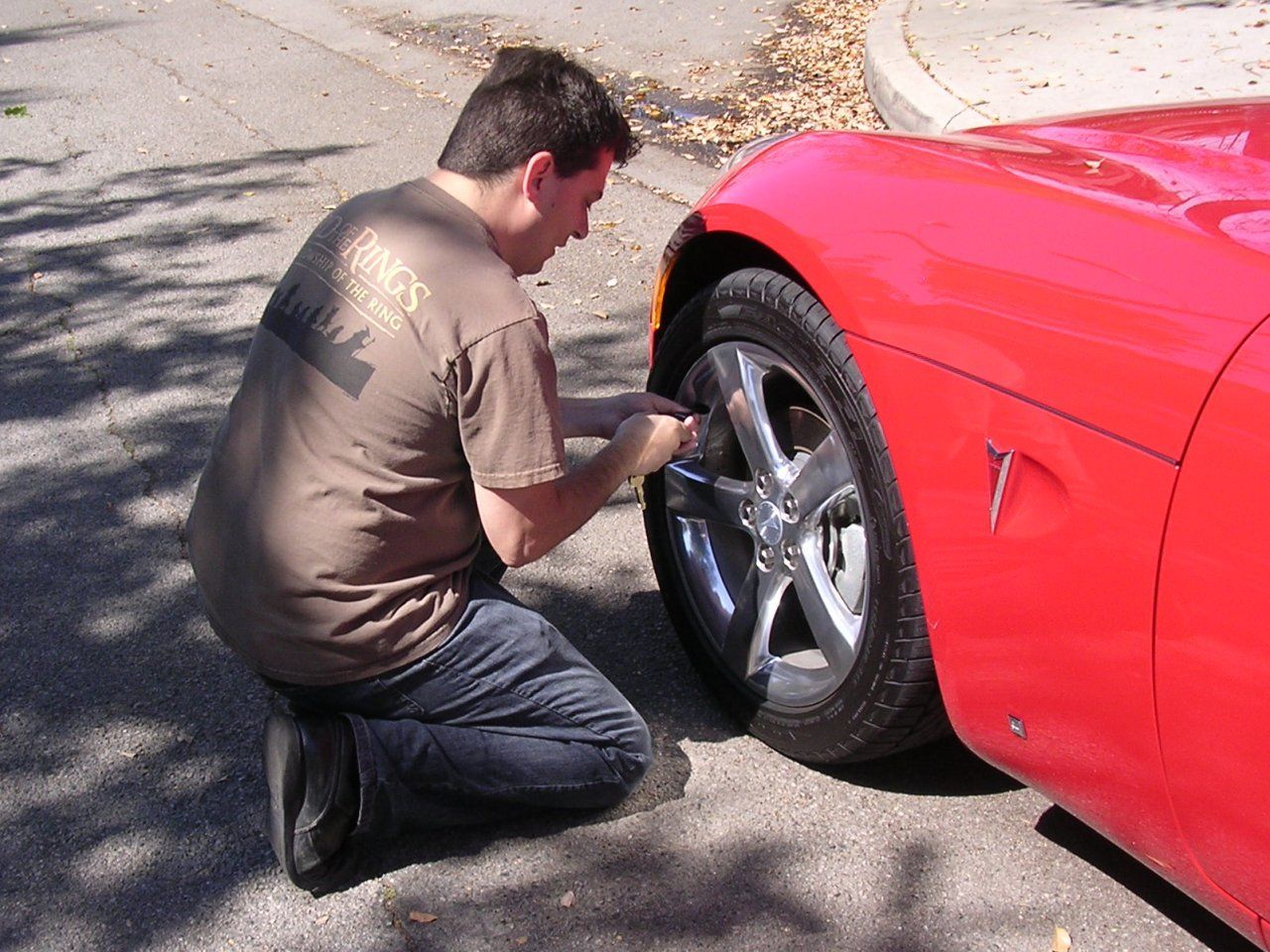
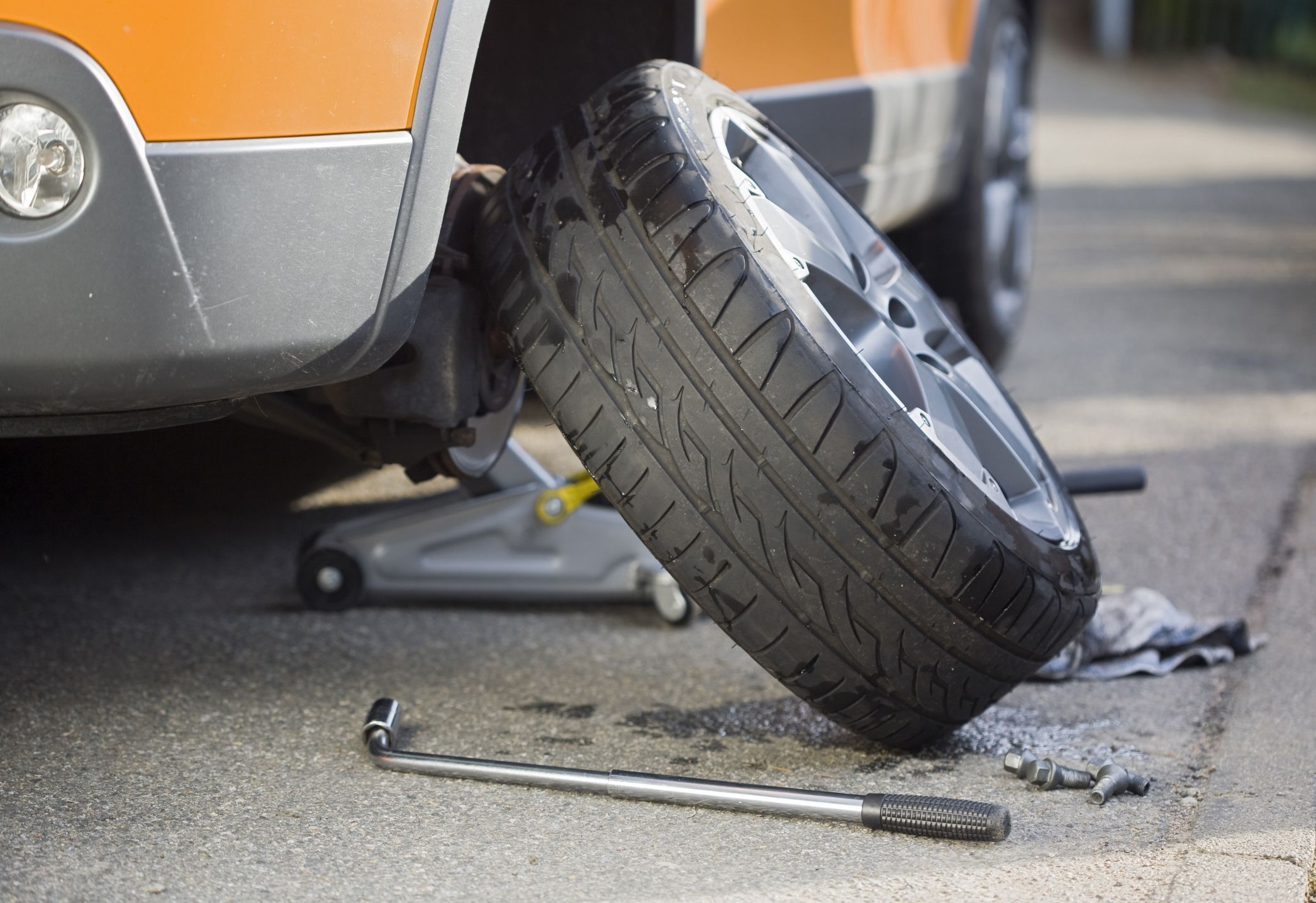

Recent Comments